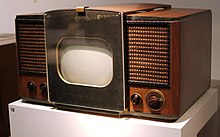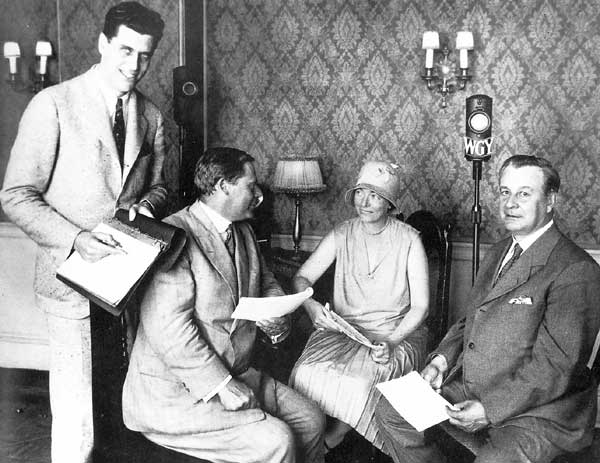Promoting innovation stands out to me more than any of the eight values of free expression. In the text Living Originalism by Jack Balkin, he provides an argument for promoting innovation within constitutional interpretation. Acknowledging the need for constitutional interpretation to advance with society's changes while remaining rooted in the Constitution's original principles is crucial.
Even more recently, having free speech that is valued and protected is critical for society's growth. For example, promoting innovation in healthcare. Innovation in this context includes invention, adoption, and diffusion. Successful companies ask their communities what they can do to make the healthcare program more beneficial based on their findings and thoughts. This is where promoting innovation comes into play. Without free speech that is protected in this sense, how will healthcare advance and give the public what we need? By identifying key points, issues, and strategies, such organizations can advance and deliver this culture of innovation to their employees and customers. Without personal ideas and diversity, we all silently blend without being able to grow appropriately. Now, Funding has been put in place to produce more ideas. Notably, small businesses can develop innovative products that address unmet health needs. In the past decade, there has been a dramatic shift in health improvement connected to enterprise systems, third-party apps, and patient-facing systems. Additional energy from the public helps expand other areas and address problems that need to be flipped. But, these solutions could create common points for integration. A challenge to the uptake and spread of innovation is the resistance to change from the healthcare workers who will be impacted by it. These innovations could be seen as simple technical changes, but they are more adaptive. This type of innovation is more of a connection between people and technology, engaging the staff to embrace change and encouraging them to give the public what they want.

In conclusion, the healthcare system is a massive part of our lives. Healthcare keeps us healthy and alive and promotes our personal growth. If healthcare is wrong, it’s hard for us to adapt and get help. This is why community innovation and speech are critical. The healthcare system has to advance carefully and appropriately, but it could be hard to progress without promoting innovation. With proper focus, a culture of innovation to help the healthcare system is needed to continue delivering world-class universal healthcare to the population of the United States.
Promoting Innovation is essential to me, especially for healthcare because of my dad, who is a type 2 diabetic. Without researcher's proper input with new medicines and techniques to stabilize weight, sugars, and kidneys with this disease, my dad wouldn’t beto- able to get up-date treatment that could possibly be better. I see this done in action today with the newest medicine called Tirzepatide. Tirzepatide keeps blood sugar levels down and lowers the chances of obesity.











